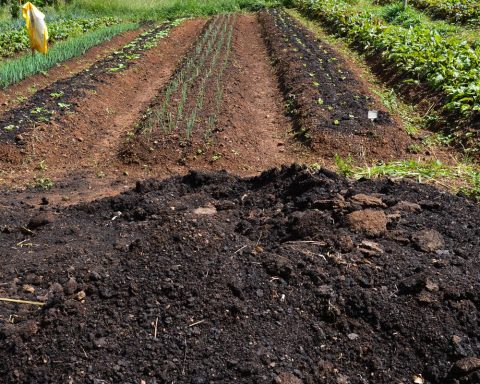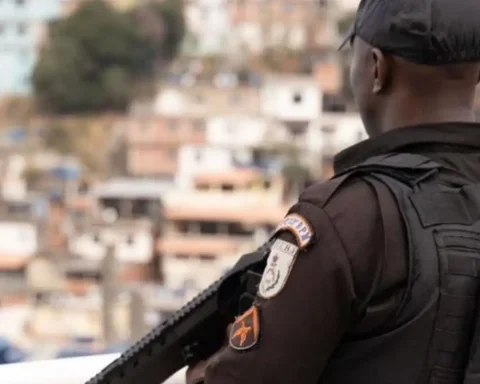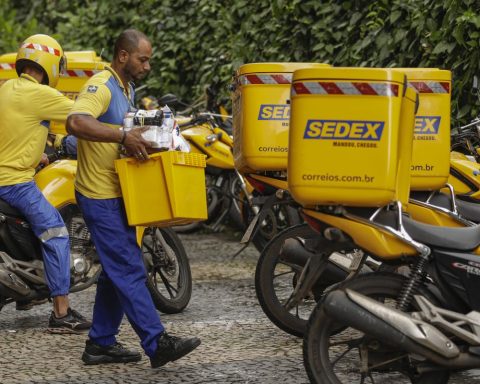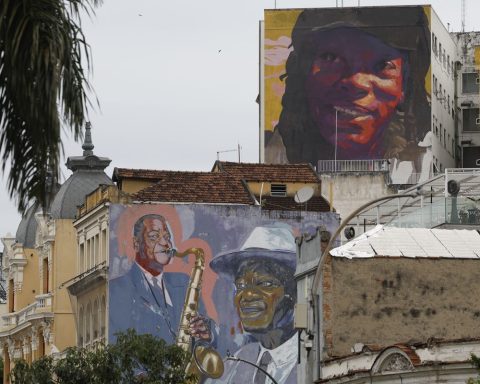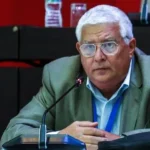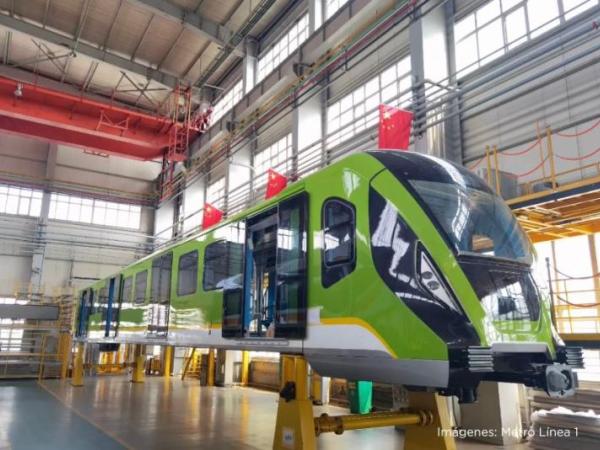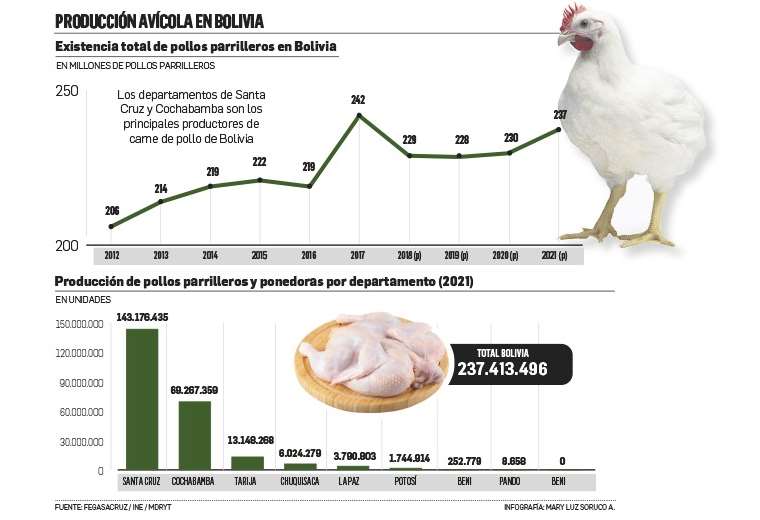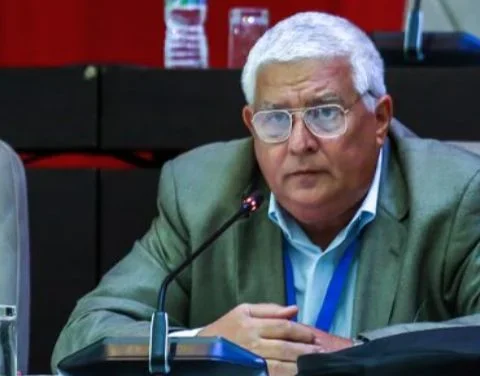The consumer will not pay extra charges on the electricity bill in February. The National Electric Energy Agency (Aneel) maintained the green flag for the next month for all consumers connected to the National Interconnected System (SIN).
The electricity bill has been without these fees since the end of the water scarcity flag, which lasted from September 2021 until mid-April 2022. According to Aneel, at the time, the green flag was chosen due to the favorable conditions for power generation , with the reservoirs of the hydroelectric plants at satisfactory levels.
If other brands were established, the electricity bill would reflect the readjustment of up to 64% of tariff flags approved in June 2022 by Aneel. According to the agency, the increases reflected inflation and the higher cost of thermoelectric plants this year, due to the rise in price of oil and natural gas in recent months.

Tariff Flags
Created in 2015 by Aneel, tariff flags reflect the variable costs of electricity generation. Divided into levels, the flags indicate how much it is costing the SIN to generate the energy used in homes, commercial establishments and industries.
When the electricity bill is calculated by the green flag, there is no increase. When the red or yellow flags are applied, the bill is increased, ranging from R$ 2,989 (yellow flag) to R$ 9,795 (red flag level 2) for every 100 kilowatt-hours (kWh) consumed. When the water scarcity flag was in effect, from September 2021 to April 15, 2022, the consumer paid an extra R$ 14.20 for every 100 kWh.
The National Interconnected System is divided into four subsystems: Southeast/Midwest, South, Northeast and North. Practically the entire country is covered by the SIN. The exception is some parts of states in the North Region and Mato Grosso, in addition to the entire state of Roraima. Currently, there are 212 isolated locations on the SIN, where consumption is low and represents less than 1% of the country’s total load. The demand for energy in these regions is supplied mainly by diesel oil thermal plants.

